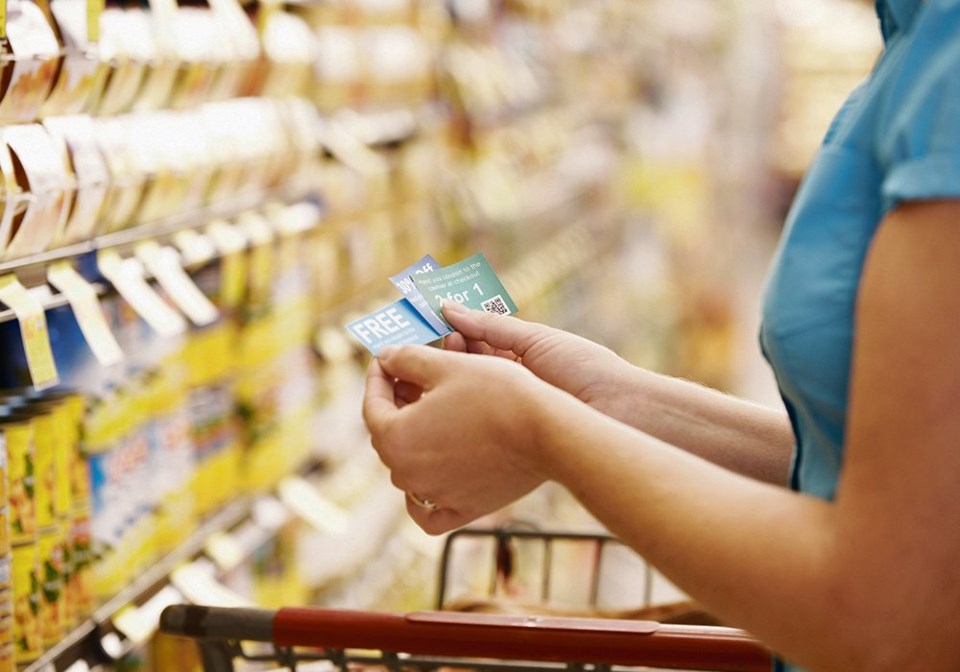WESTERN PRODUCER — The food inflation rate in Canada in February was 7.4 percent, the largest yearly increase since May 2009.
With much higher food inflation, consumers are desperate to find new ways to save at the grocery store.
In the United States and Canada, consumers are increasingly using food rescuing apps, going for the “enjoy tonight” deals, trading down on brands and product quality and reading weekly flyers.
But one advantage American consumers have in their savings toolbox that Canadians lack is an incredibly sophisticated couponing industry. And the inflation rate in America in February was 8.6 percent.
Most households in the U.S. receive numerous coupons every week. They’re everywhere. But since the start of the COVID-19 pandemic, promotions in Canada, including coupons, are difficult to find.
In the U.S., coupon stacking — using more than one coupon to purchase the same item — is a common practice allowed in many stores. Few stores in Canada allow it. It’s not unusual in the U.S. to get a product for free using coupon stacking.
U.S. stores will also double the value of coupons on certain days. And using coupons on already-discounted food products is also done quite frequently in the U.S. Not in Canada.
You can also get a credit in some American stores if the value of your coupon is higher than the product’s price. Say your product is worth $1 and your coupon is worth $2. Some retailers will give you a credit, just like cash.
It’s definitely a different world for U.S. consumers when it comes to coupons.
Coupon-clipping companies drive the American couponing industry. These companies clip, collect and sell coupons to the public. People go online and order as many coupons as desired.
Empowering consumers with ways to save is embedded in the American way of life, and it allows consumers to save big at grocery stores.
Given the options Americans have for saving, a food inflation rate of 8.6 percent in the U.S. is perhaps equivalent to five percent in Canada.
Without tools to gain savings, Canadians are held hostage by food inflation.
While some Canadians claim to save up to $400 a week using coupons, whether digital or paper-based, doing so can require almost 30 hours a week to manage. The culture isn’t the same in Canada and we haven’t accepted couponing to the same extent.
But times are changing as food prices rise at a record pace.
A recent survey by Dalhousie University suggested that using coupons is the most popular cost-saving strategy consumers intend to follow at the grocery store in 2022. A total of 52.8 percent of Canadians surveyed said they plan to use coupons more often. People want to use more coupons but understanding their conditions and compliance rules can be overwhelming.
It’s time for the Canadian food industry to up its couponing game. The industry needs to show it understands consumers are feeling the pain and that it wants to help.
Volume discounting is also an issue. Asking Canadians to buy at least three or four items at a time to save when they only need one is impractical and problematic. Not only does it discriminate against single-person or single-parent households, but it also gets people to buy more than they need, potentially generating more food waste.
Promotional strategies need to be smarter.
Rising food costs are prompting Canadians to seek out savings options and the industry needs to show it’s willing to help.
Sylvain Charlebois is senior director of the agri-food analytics lab and a professor in food distribution and policy at Dalhousie University. This article first appeared on the Troy Media website. It has been edited for length.

